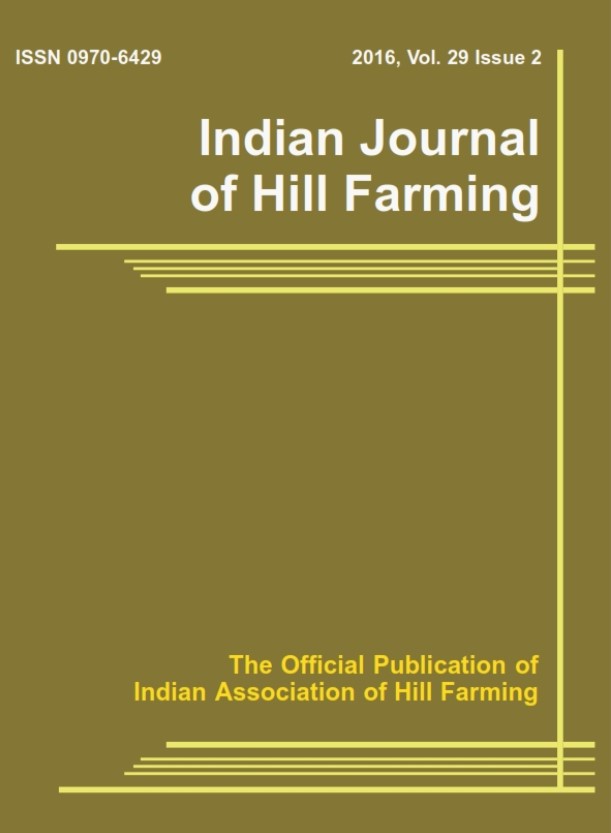Biology of Cabbage Butterfly, Pieris brassicae (Linnaeus) on three Cruciferous crops under Laboratory Conditions
Keywords:
Pieris brassicae, Cabbage, Cauliflower, Mustard, Life cycle durationAbstract
The impact of 3 different cruciferous crops was investigated on the biological parameters of Pieris brassicae (L.) under laboratory conditions at 27±1 ˚C, 60-70 % RH and 14L:10D photoperiod. The results demonstrated that host plants showed a significant difference in certain growth parameters of P. brassicae. Comparative investigations on 3 different host plants revealed that P. brassicae, on average required a maximum of 54 days to complete a generation on cauliflower but only 40 days on cabbage. Fecundity of P. brassicae on its different hosts ranged from 41.00 eggs (cauliflower) to 100.80 eggs (cabbage). The egg period of P. brassicae was recorded as lowest (1.80 days) on cabbage and highest on mustard (3.60 days). However, the average larval (16.40 days) and pupal (12.20 days) period was recorded as significantly shortest on cabbage with less variation in mortality among the three hosts. The longevity of P. brassicae male and female adults varied significantly on its different hosts. The highest male and female longevity of P. brassicae was recorded as 10.60 and 10.40 days on mustard and cabbage respectively. On average, the sex ratio was computed as 1:1.15 on mustard, 1:1.14 on cauliflower and 1:1.33 on cabbage. Overall, P. brassicae showed a high preference for cabbage when compared to the other two by revealing its shorter developmental period on cabbage.




